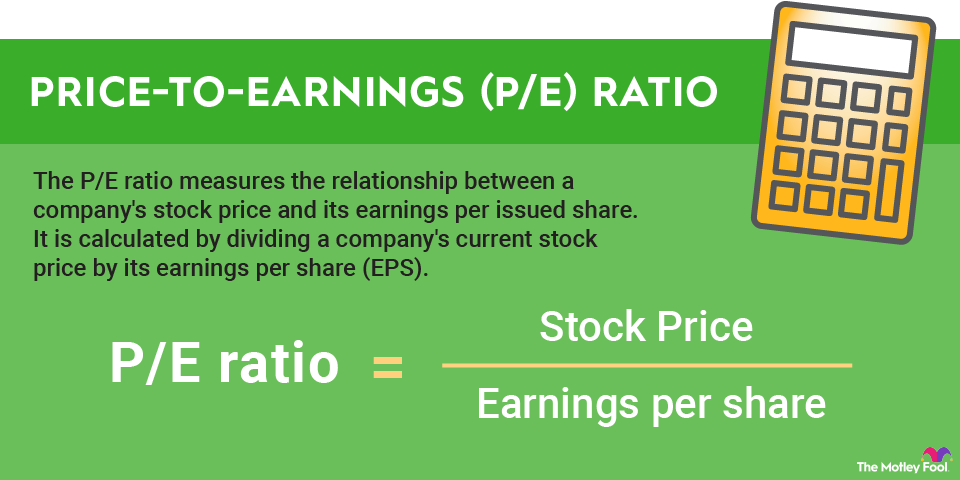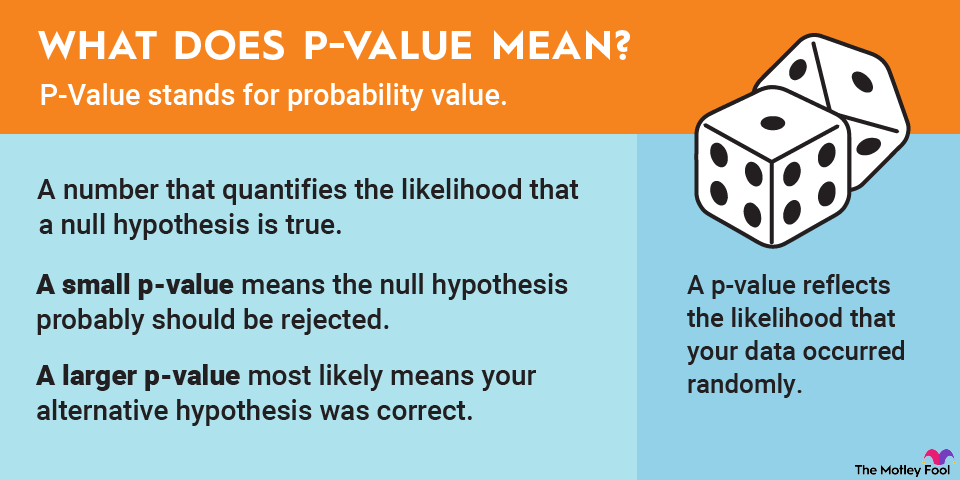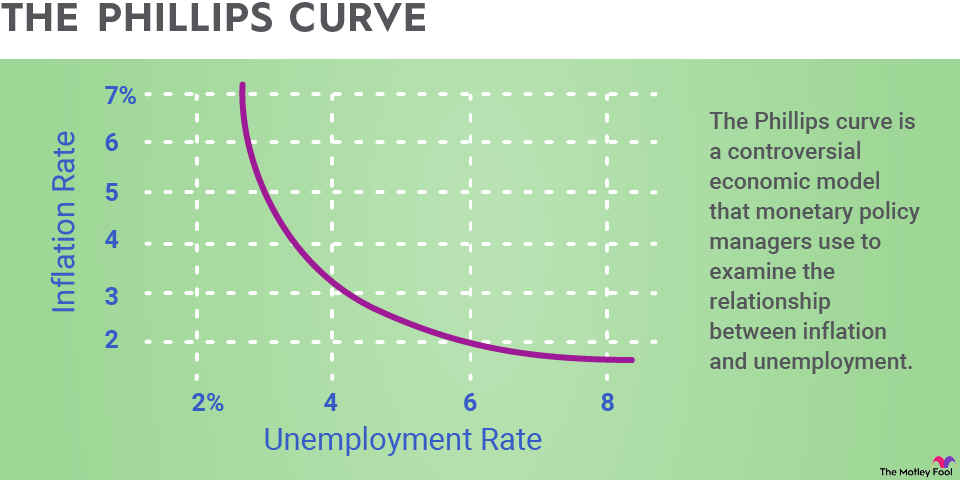The positive accounting theory is a framework that attempts to explain the reasoning behind accounting practices and predict future accounting decisions. In addition to being an important part of accounting research, it can also help stock investors gain deeper insights into business accounting practices.

Understanding positive accounting theory
The positive accounting theory focuses on actual accounting practices. It analyzes the factors that cause accountants to choose accounting methods and how the financial goals of management can influence these choices.
That makes it markedly different than normative accounting, which seeks to set standards of how accounting should be done. Positive accounting, on the other hand, is about how accounting is actually done.
Three hypotheses of the positive accounting theory
According to the positive accounting theory, managers will generally act in their own self-interest and choose accounting practices that benefit themselves and/or their businesses. The positive accounting theory proposes three specific hypotheses to that effect:
- Bonus plan hypothesis: Managers who have bonus incentives tied to company performance will choose accounting methods that achieve those performance targets. For example, if a manager has stock options based on earnings targets in the current quarter, they could choose accounting practices that move up earnings from future periods.
- Debt covenant hypothesis: Debt covenants often require that the firm meets certain financial requirements. Managers may use accounting practices to manipulate earnings and avoid violating a debt covenant that would make their firm subject to penalties.
- Political cost hypothesis: If high profits could attract unwelcome political attention, and possibly more regulations or taxes, then a manager may opt for more conservative accounting practices or defer current profits to future reporting periods.
These are only theories of what managers could do in these hypothetical situations. However, analysis has found that there’s at least some truth to these theories. For example, a 2010 study found that firms use real earnings management when they get closer to debt convenant violations.
How investors can use positive accounting theory
Positive accounting theory can help you better understand the accounting practices companies use when going over their financial statements. For example, if a company consistently meets its earnings expectations, that’s normally a good sign. It could also be, at least in part, due to bonus incentives for management that are tied to positive earnings results.
There have been a few common criticisms of positive accounting theory. It revolves around the idea that self-interest on management’s part plays a key role in a company’s accounting practices. Unlike normative accounting, positive accounting doesn’t give any thought to what firms should do, only what they might do.
Still, for investors, positive accounting theory provides a new and more critical way of looking at balance sheets. Instead of taking all of a company’s numbers at face value, you might consider the potential incentives and financial benefits behind those numbers.
Related investing topics
Historic example of positive accounting
The Enron scandal is an extreme example of how a company’s management can manipulate accounting practices. Through accounting loopholes and fraud, Enron was able to overstate its earnings, inflate its assets, and hide billions of dollars worth of debt. The energy company pressured its accounting firm, Arthur Andersen, into applying questionable accounting practices and ignoring its financial problems.
Enron filed for bankruptcy in 2001, which was the largest corporate bankruptcy in history at the time, and Arthur Andersen collapsed in 2002. Fortunately, even companies that may employ some positive accounting don’t use the loopholes and fraudulent tactics that Enron did.



















